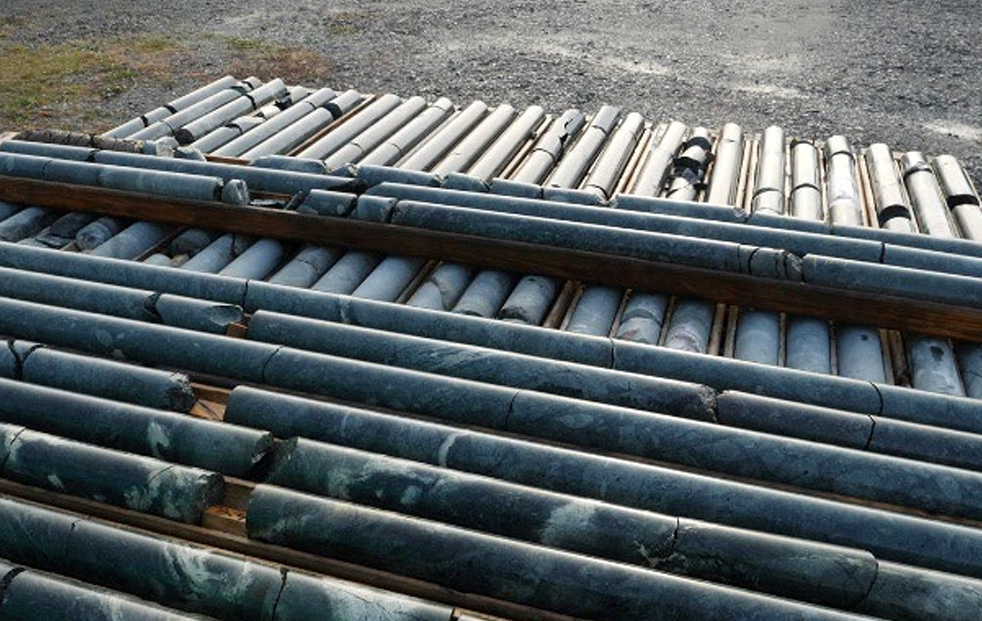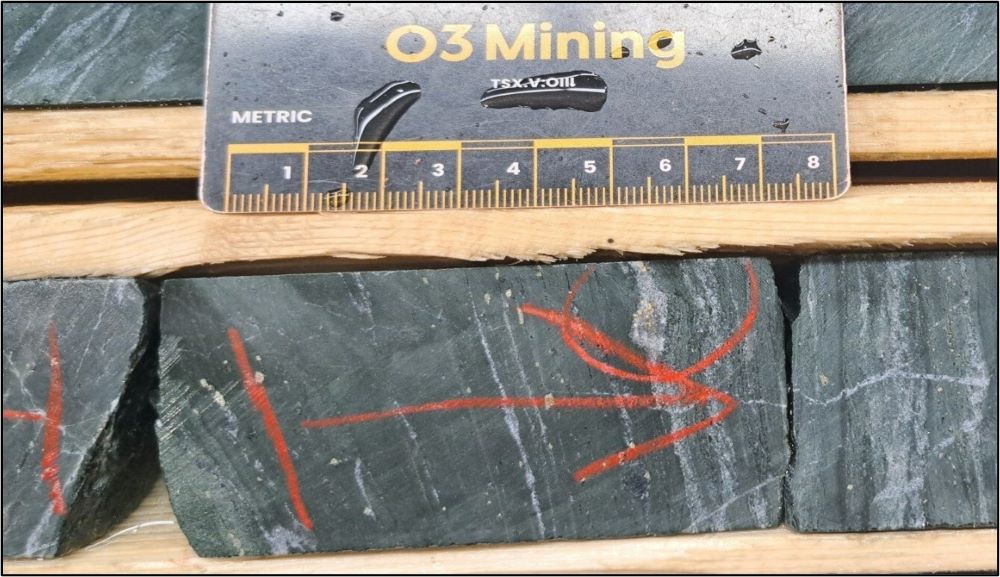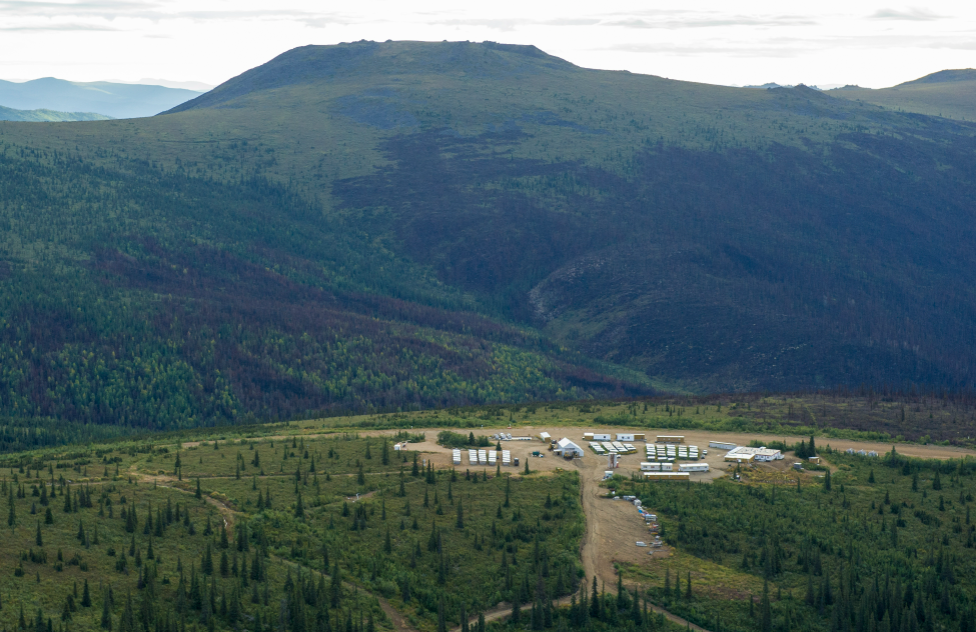Balancing economic development with environmental protection
With only about 60 band members living on reserve, Wahnapitae First Nation in Ontario is smaller than most, but it’s a community becoming known for its innovative approach to fostering company partnerships within the mining industry.
At this year’s Prospectors & Developers Association of Canada convention in Toronto – one of the world’s largest conventions for mineral exploration and finance – representatives from Wahnapitae delivered a presentation highlighting their recipe for community engagement that helps to foster mutually beneficial and successful industry partnerships.
“It’s about first reaching out and starting to talk to us at the very early, early stages of the project and then organizing a working group that can figure out what this relationship is going to look like,” said Cheryl Recollet, the director of sustainable development at Wahnapitae, who led the presentation in front of an audience made up of mining industry representatives and community members.
This means defining the individual interests of both sides and how the project will benefit both parties. And from there, Wahnapitae hopes to build the structures needed for a healthy relationship with industry partners, Recollet said.
“A lot of our relationships will have an environmental committee,” Recollet said. “That committee will consist of two members from our community, as well as two members from the company, and we’ll review their closure plans, their permits and their CVAs.”
Wahnapitae is currently involved in several advanced exploration projects, having just completed an environmental baseline study for Wallbridge Mining. Since establishing its mining industry strategy in 2005, Wahnapitae’s mining industry working group has developed key relationships with Glencore’s Sudbury Integrated Nickel Operations, KGHM International, Vale and Cliffs.
Although Wahnapitae First Nation is a small community, it has “big boots in the Indigenous mining sector,” says Regional Chief Isadore Day. “The leadership, Elders and community experts have demonstrated years of commitment to a balance between protection of the land for future generations and claiming rightful benefit and livelihood through direct industry participation. WFN is a model First Nation that sets the treaty implementation bar effectively and secures a rightful place for future generations of First Nation mining experts.” One of the many priorities when it comes to partnering with industry on a particular project, Recollet said, is making sure Indigenous knowledge of the land is incorporated into the environmental aspects of the process.
“Often they will just be looking at impacts to aboriginal and treaty rights when they’re doing these projects,” Recollet said. “We’re saying, ‘No, we want you to use our knowledge to integrate into your project design, like you would do with science.’”
The relationship, Recollet said, is a two-way street, one that emphasizes knowledge-sharing between two groups. In the past, Wahnapitae’s relationship with industry partners has been used to inform community-based projects, for example mining partners have been brought in to give advice to the community on how it can better manage its landfill sites in post-production.
But even after the mine site is closed, one of Wahnapitae’s core requirements of industry partnership is having a continuous relationship after the work is done, which often includes consistent environmental monitoring of the area.
“We want to make sure we are involved in that process and have a relationship structure that can also handle it in postproduction, so once nothing is being pulled out of the ground, what happens to us and what happens to our relationship?” Recollet asked.
For Wahnapitae, achieving environmental capacity while also meeting economic development goals starts with ensuring that their community members have the knowledge to participate in the planning process. At the community level, this has meant an effort to get youth engaged in science and in the environment around them.
Wahnapitae boasts several initiatives for youth engagement such as their Sustainability Superheroes program, which hosts workshops about once per month where youth have had opportunities to learn about biodiversity and renewable energy by making homemade wind turbines.
“We are trying to get them aware of their sacred responsibilities to care for the Earth and how we can support them in doing that,” Recollet said.
“We want to give them that foundation to fully understand what is happening in our territory, and so that way they can actively participate and contribute to that dialogue.”
KYLE EDWARDS is a journalism student working with the Chiefs of Ontario Communications department.
The Chiefs of Ontario (www.coo.org) is an advocacy forum, and a secretariat for collective decision making, action, and advocacy for the 133 First Nation communities in Ontario.





Comments